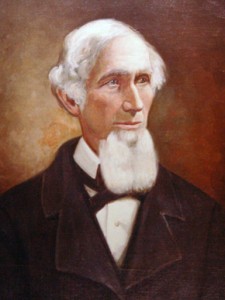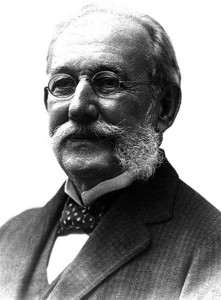
Yellow Fever has been one of the most dreaded diseases since the early 1700s. It wasn’t until 1901 that mosquitoes were proven to be the transmitters of the disease. Aedes aegypt is the species that carries it Several scientists entertained the idea, beginning with Josiah Nott in 1850 followed by Carlos Finlay in 1881. Sadly, these scientist were made a mockery of because of the incompetence of their peers. Timeline of the history of Yellow Fever treatment.

What is Yellow Fever?
Yellow fever is an acute systemic illness
Jungle yellow fever –this form of yellow fever originates in warm ,wet climates. It is spread by jungle mosquitoes and mainly affects monkeys. If a human were to visit the jungle and be bitten by an insect who bit an infected monkey, they too can contract the disease..
Urban yellow fever – this is spread when an Aedes aegypti mosquito bites an infected human or monkey and then goes on to bite other people. Urban yellow fever is most likely to occur in settlements close to the jungle, where infected monkeys and mosquitoes live. Urban yellow fever is extremely rare in the Americas. Put simply, a human may go into the jungle, be bitten by an infected mosquito, come back to their settlement, and infect mosquitoes who bite them there; those mosquitoes will then infect other people.
What are its symptoms?
In severe cases yellow fever causes a high fever, bleeding into the skin and the death of cells in the liver and kidneys. Liver damage results in severe jaundice – yellowing of the skin; hence the name “yellow fever”.

Prof. Frank Hadley Collins, Dir., Cntr. for Global Health and Infectious Diseases, Univ. of Notre Dame
This 2006 photograph depicted a female Aedes aegypti mosquito while she was in the process of acquiring a blood meal from her human host, who in this instance, was actually the biomedical photographer, James Gathany, here at the Centers for Disease Control. Youll note the feeding apparatus consisting of a sharp, orange-colored fascicle, which while not feeding, is covered in a soft, pliant sheath called the “labellum, which retracts as the sharp stylets contained within pierce the host’s skin surface, as the insect obtains its blood meal. The orange color of the fascicle is due to the red color of the blood as it migrates up the thin, sharp translucent tube.
Where did it come from?
Experts believe yellow fever originated in Africa and was introduced to South America via the slave trade in the 16th century. Several major yellow fever epidemics have taken place in Europe, the Americas and Africa since the 17th century. It was deemed one of the most dangerous infectious diseases in the 19th century.
Methods of Treatment
In the 1850s, people used isolation as their method of treatment. They had no idea of how to treat an illness that they knew nothing about. Many cities would stop trade and visitation with others if rumors were heard of infection within the area. This method of treatment was helpful for some areas, but others not so much. In 1901, Walter Reed, made a connection between the mosquitoes being transmitting agents of yellow fever and actually provided proof so that it was believable. Shortly after knowledge was gained, the U.S army began fumigating breeding grounds for the mosquitoes to decrease the amount disease cases.
http://www.medicalnewstoday.com/articles/174372.php
http://www.historyofvaccines.org/content/timelines/yellow-fever
https://historyofcollierville.wikispaces.com/Yellow+Fever
http://en.wikipedia.org/wiki/Yellow_fever